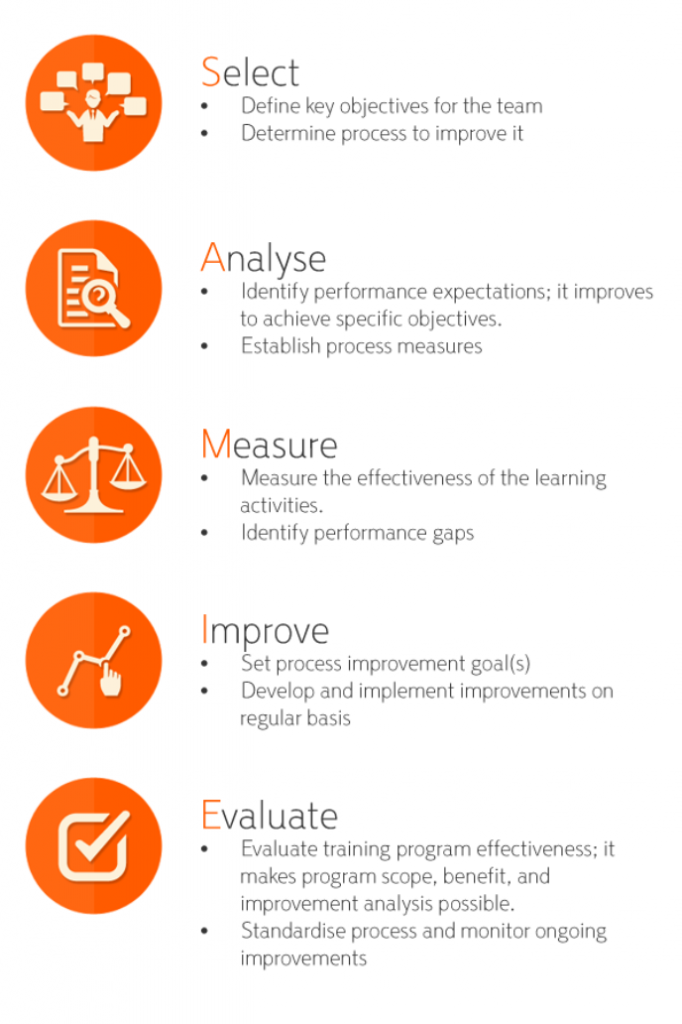Recently, England cricket captain Alastair Cook, came under fire for his ineffectiveness, which was apparently affecting the performance of the other players. But he proved all of them wrong by leading from the front: scoring runs and making tactical field placements in the very next game.
Before looking at success or failure, it’s important to acknowledge the vital roles that team leadership can play. Managers want their team to top on productivity and effectiveness, but have no desire to micromanage their learning curve. How can they expect great results without attention to detail? Great outcomes, on the pitch or in the boardroom, will only be found through great leadership at the training stage.
Managers now look to ‘the next big thing’, when it comes to innovation, with little regard for the needs of their learners. In cricket, as in learning, there is no guaranteed success. But, leaders can increase their chances by ensuring that they’re on track when it comes to great leadership. As the Chief Executive of Pennsylvania radio station WGPA SUNNY 11AM, Richard T Mindler knows a few things about keeping people engaged, and he says that leaders must be able to:
“Create enthusiasm, empower their people, instil confidence and be inspiring to the people around them.”
There are always ways to improve leadership both on the field, and in the office. Take for instance, the case of Michael Clarke, the Australian cricket team captain. Losing the Ashes in England, followed up by a 4-0 defeat in India, meant that it was unclear whether he would remain as captain. He, along with Mickey Arthur, punished members of the team for not working hard enough.
Team morale was at an all-time low. Something had to change. It was his willingness to dramatically alter his thinking and behaviour which transformed his relationship with his players. He acknowledged his accountability for their success or failure. While reinventing himself as a leader, Clarke showed determination and persistence and never lost sight of his goal: winning the Ashes and getting Australia back to Number 1 in test ranking. This can show us all a thing or two about the nature of successful leadership. In order to change the behaviour of his team, a good leader must also be able to adjust his or her vision, setting clear, achievable goals in the process.
There are many different leadership styles for success, and psychologist Daniel Goleman uncovered six different leadership styles, which he argues spring from different components of emotional intelligence:
- Commanding: Leaders demand immediate compliance.
- Visionary: Leaders mobilize people toward a vision.
- Affiliative: Leaders create emotional bonds and harmony.
- Democratic: Leaders build consensus through participation.
- Pacesetting: Leaders expect excellence and self-direction.
- Coaching: Leaders develop people for the future.
The research discovered that a manager’s leadership style was responsible for 30% of the company’s bottom-line profitability! That’s far too much to ignore. Good leaders remain curious and committed to learning and have to motivate the team members to complete activities, and advise them about possible outcomes. The leadership styles outlined above depend on individual personalities, but there are steps that everyone can take to ensure success, whatever their leadership style. Getting successful managers to change the very behaviours that put them where they are will never be easy, but here is a simple solution, whatever your managerial background. The key to avoiding pitfalls is monitoring the team’s performance at regular intervals.
The SAMIE model is a simple tool which can be used to monitor and evaluate your team’s performance:

This straightforward approach can save organizations time, money and enable them to realise their targets, rather than wondering why it’s all gone wrong. No matter what your personal leadership style is, there is success to be found in monitoring your team’s performance every step of the way. Inattentive and ineffectual leadership? That’s not cricket!




